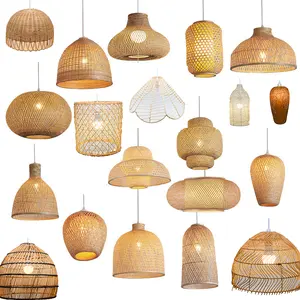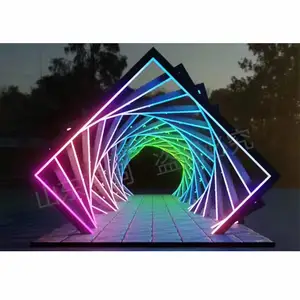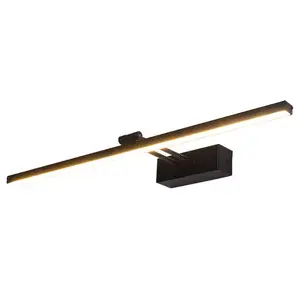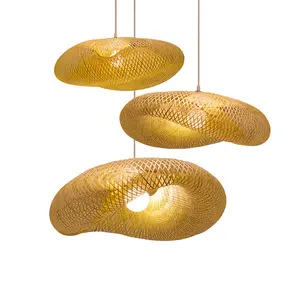Popular in your industry















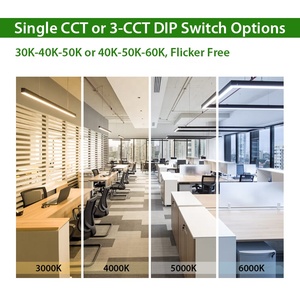












































































































































































Top categories
About architects light
Introduction
In the realm of architectural design, lighting plays a pivotal role in shaping the aesthetics and functionality of spaces. With advancements in technology, architects and designers are now leveraging innovative lighting solutions to enhance the user experience, promote well-being, and improve productivity. This article delves into the importance of lighting in architectural design, the latest innovations in the field, and how these can be incorporated into your designs. We will also explore case studies of innovative lighting in architecture, demonstrating the transformative power of light in shaping our built environments.
The Importance of Lighting in Architectural Design
Architectural lighting design is a process that determines how light will impact the aesthetics and functionality of spaces. Whether working with natural or electric light, architects have found that lighting can significantly affect people's health and productivity. Therefore, designers and architects are increasingly focusing on the effects of lighting, using modern LED lighting with advanced technology for improvement. The intensity, color, tone, and type of lighting can significantly impact human perception and emotion, making it a crucial consideration in designing commercial and domestic spaces.
Latest Innovations in Architectural Lighting
In 2023, ambient lighting has become more prevalent in commercial lighting projects, with uplighting, a form of indirect lighting, being a popular choice. This provides even light distribution while eliminating glare. LED pendants are preferred over typical overhead lighting options. Commercial interior lighting design plans now consider human-centric lighting principles and the human biological clock, promoting rest, recovery, relaxation, and alertness. Advancements in artificial lighting, such as color-tuning and tunable-white LED lighting, convincingly mimic daylight color temperature changes throughout the day, improving well-being and productivity.
Smart Lighting Systems
Smart building lighting systems have evolved from simple dimmers to advanced, energy-efficient solutions. These systems not only reduce energy consumption but also enhance the comfort, health, and safety of building occupants. They use IoT sensors and advanced analytics to adjust lighting levels based on various factors, including individual preferences and daylight availability. However, their installation and integration require expertise, and they may face challenges like poor installation or interference with wireless networks. Despite these challenges, the benefits they offer make them an essential component in modern architectural design.
Energy-Efficient Lighting
Energy-efficient lighting, particularly LED technology, is transforming architectural design. LED lights are the preferred choice due to their numerous advantages over traditional bulbs. They enable designers to manipulate light intensities and color temperatures, creating captivating environments. LED technology also allows for dynamic lighting designs that can adapt to changing needs and preferences. Energy-efficient lighting is not only cost-effective but also aligns with sustainability initiatives, enhancing brand reputation. Furthermore, it plays a crucial role in enhancing safety and well-being in our built environments.
Dynamic and Adaptive Lighting
Adaptive headlights are a revolutionary lighting technology that adapts to changing roadway conditions, such as curves, to better illuminate the path. These headlights move side to side as the steering wheel turns, providing improved visibility on dark curved roads and over hills. However, they do not automatically switch from low beams to high beams. While primarily intended to move side-to-side, some versions of adaptive headlights can also move up and down, which is helpful for seeing up and down sharp inclines.
How to Incorporate These Innovations into Your Designs
Incorporating innovative lighting techniques into your designs can breathe new life into structures. Select lighting fixtures that emphasize architectural details and set the ambiance. Use lighting to guide visitors through well-lit pathways, improving their experience and safety. Consider sustainability by choosing eco-friendly and energy-efficient options. Embrace advancements like LED technology for dynamic effects, and smart lighting systems for flexibility and energy optimization. Remember, lighting design is not just about aesthetics; it's a powerful tool that combines creativity, technology, and functionality.
Planning for Light in Design Phase
Planning for light in the design phase is crucial in architectural projects. It ensures well-planned lighting schemes are in place to enhance every room in your home. Architectural lighting design can make or break a project and should be considered from the start. It's important to discuss lighting plans early with your architect, electricians, and interior designers. Lighting that is built into the floor, for instance, will require cabling and necessary fittings completed before underfloor heating is laid. Collaborating with professionals can help avoid costly and time-consuming mistakes.
Choosing the Right Lighting Technology
Choosing the right lighting technology is crucial in architectural design. LEDs, for instance, are a preferred choice due to their energy efficiency and directional nature, reducing wasted light. This is particularly important in today's age of green building and sustainability movements. Furthermore, the use of different materials, like glass, can alter how light interacts with interior architecture. For example, transparent or translucent glass materials can change the colors of light entering a building, creating a dynamic visual effect. Therefore, the choice of lighting technology should be strategic, considering both aesthetic and efficiency aspects.
Integrating Lighting with Other Architectural Elements
Architecturally integrated lighting is a custom-built solution that blends lighting fixtures with architectural elements like cabinetry or trim. It includes coves, soffits, and valances, each distributing light in different directions. This type of lighting uses various fixtures, including linear fluorescent lamps, and can incorporate optional baffles, louvers, or diffusers to direct light and reduce glare. It provides soft, diffuse ambient light that can be supplemented by task lighting. This unobtrusive lighting solution can be seamlessly incorporated into the interior design of a space, enhancing its aesthetic appeal while providing functional illumination.
Case Studies of Innovative Lighting in Architecture
The Exeter’s Library in New Hampshire uses natural light to create individual study spaces. The Thermal Baths in Vals use large windows to capture the mountain area and provide sufficient lighting. The Royal Mosque in Isfahan uses arches to create varying light intensities. Tate Modern Museum in London uses vertical windows to create a contrast of light and shade. The Jewish Museum in Berlin uses strips of windows to create unique interior lighting. The Church of Light in Osaka uses a void in the concrete to create an illuminating cross. These examples showcase innovative use of light in architecture.
Conclusion
In conclusion, the evolution of architectural lighting design has brought forth a plethora of innovations that are revolutionizing the way we perceive and interact with our built environments. From ambient lighting and smart systems to energy-efficient LEDs and adaptive lighting, these advancements are not only enhancing the aesthetic appeal of spaces but also promoting health, safety, and sustainability. Incorporating these innovations requires strategic planning, the right technology, and seamless integration with other architectural elements. As showcased in the case studies, innovative use of light can create captivating spaces that offer unique user experiences. The future of architectural design is indeed bright, with lighting playing a central role in shaping it.
